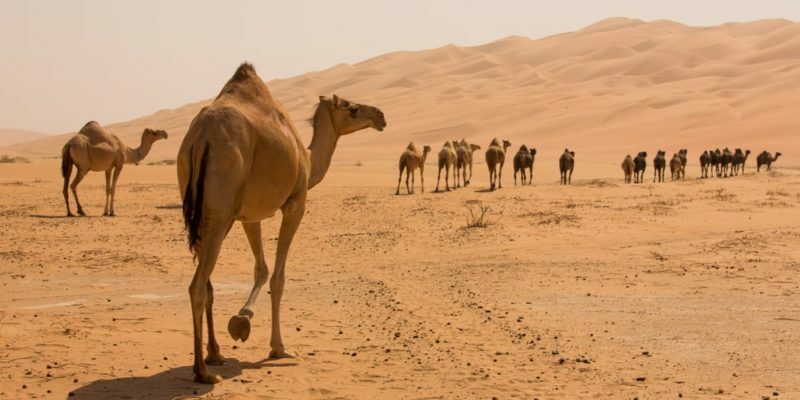Pioneers Of Photography
Story / / July 04, 2021
The term "photography" (Photos: light, and Grafos: writing), "art of writing or painting with light" was used for the first time by Sir John Herschel, in the year 1839.
At first it was magicians and alchemists who practiced an activity that they called "art of the apprehension of images", in the initiation of said There was an indispensable factor in art: The camera obscura is the beginning of the modern photographic camera. Its first definition was given by Aristotle: light through a small hole made in a room closed on all sides, on the wall opposite the hole the image of what is found will be formed in front".
It is believed that Aristotle or probably older civilizations discovered the camera obscura although this event is attributed to Leonardo Da Vinci since he was the first to put it to practical use.
Pioneers of photography:
- The magician Merlin (539 BC) C.), uses the camera obscura for strategic purposes and develops the theory of the use of the unicorn's horn.
- Roger Bacon (1267), describes the use of the camera obscura in full and illustrative terms.
- Leonardo Da Vinci (1452), wrote manuscripts describing the practical use of the camera obscura in painting.
- Girolamo Cordano (1550), adds a glass disk to the chamber.
- Battista Della Porta, manages to obtain drawings for his work "Natural Magic".
Pioneers of the chemical process:
After the advances made in the use of the camera obscura, chemical experiments began to achieve the fixation of the images, the pioneers of chemical processes were:
- The Alchemists discovered that the silver salts called "cornate moon" darkened under the light.
- Schultze (1727), discovers the mixture of chalk, etching. Silver nitrate.
- Sckelle (1747), makes the first systematic study of these chemical reactions.
- Jacques-Alexandre-Cesar Charles (1746), obtains the first silhouette on a paper impregnated with silver salts.
- Thomas Wedgwood (1802), improves the experiment, but you can only see the shadows in a few minutes, since the images were not fixed, his work was called heliographs (printing on glass of objects emulsified).


